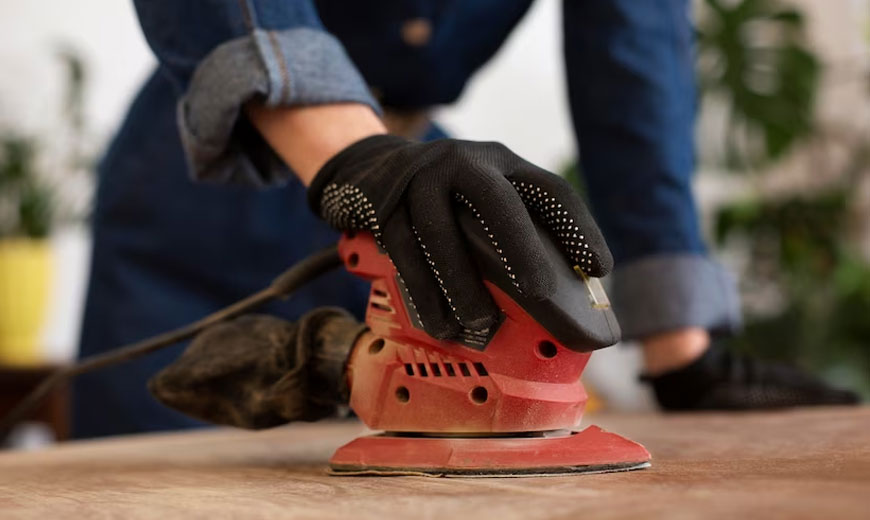Marble polishing process
Marble polish is a process of restoring the shine and lustre of marble surfaces, which may have become dull or scratched over time. Polishing marble requires specific equipment, tools, and expertise to achieve the desired results. Below is a general outline of the marble polishing process:
Cleaning the Surface:
Before starting the polishing process, the marble surface needs to be thoroughly cleaned to remove any dirt, dust, or debris. This can be done using a pH-neutral cleaner and a soft cloth or mop.
Inspecting and Repairing:
Inspect the marble surface for any cracks, chips, or deep scratches. If any damages are found, they should be repaired before proceeding with the polishing process. Cracks and chips can be filled with a color-matched epoxy resin, while deep scratches may require professional grinding to remove.
Honing (Optional):
In some cases, honing may be required to remove mild scratches and etch marks from the marble surface. Honing involves using a series of progressively finer abrasives to achieve a smooth and even surface.
Grinding (If Needed):
For more severe scratches, etch marks, or uneven surfaces, grinding may be necessary. A grinding machine equipped with diamond abrasive pads is used to level the marble surface and remove deep scratches and stains. This step requires careful precision and expertise to avoid overgrinding.
Polishing:
The actual polishing process begins after honing or grinding (if required). Polishing is done using diamond abrasive pads of gradually increasing fineness. The pads are attached to a floor buffer or handheld polisher. The polishing process removes the fine scratches left by the previous grit, gradually bringing out the marble’s natural shine.
Buffing:
After polishing, a high-speed buffer with a soft pad is used to further enhance the marble’s shine and produce a smooth, reflective surface. This step helps in achieving the desired level of gloss and clarity.
Sealing (Optional):
Depending on the type of marble and its intended use, sealing may be done to protect the polished surface from stains and moisture. A penetrating sealer is applied, which seeps into the marble pores and creates a protective barrier.
Final Inspection:
Once the polishing process is complete, the marble surface is thoroughly inspected to ensure that the desired level of shine and finish has been achieved. Any remaining imperfections or streaks are addressed.
It’s important to note that marble polishing is a specialized task that requires the skills and knowledge of trained professionals. Improper polishing techniques or the use of wrong chemicals can damage the marble surface irreparably. Hiring a professional marble polishing service like Chatterjee Cleaning Arts Services Ltd (CCASL) ensures that the process is carried out effectively and safely, restoring the beauty and elegance of your marble surfaces.

